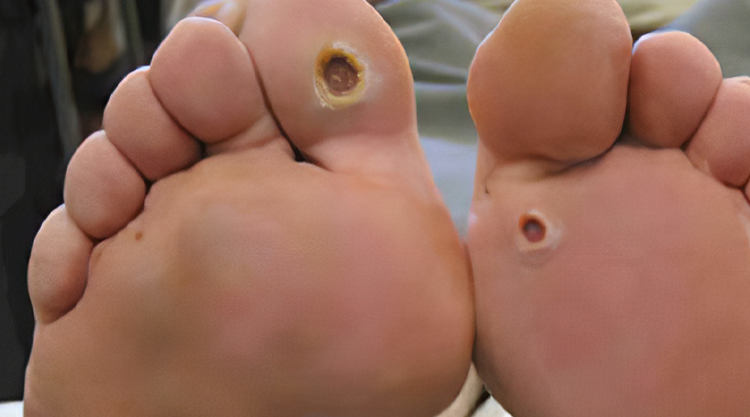Diabetic Foot
Some people with diabetes develop foot ulcers, due to poor skin circulation and reduced sensation in the feet. Regular examination of the feet and good diabetic control helps to prevent them. A foot ulcer is prone to infection, which may become severe. Ulcers sometimes need treatment with dressings, medication and, when appropriate, surgery.
